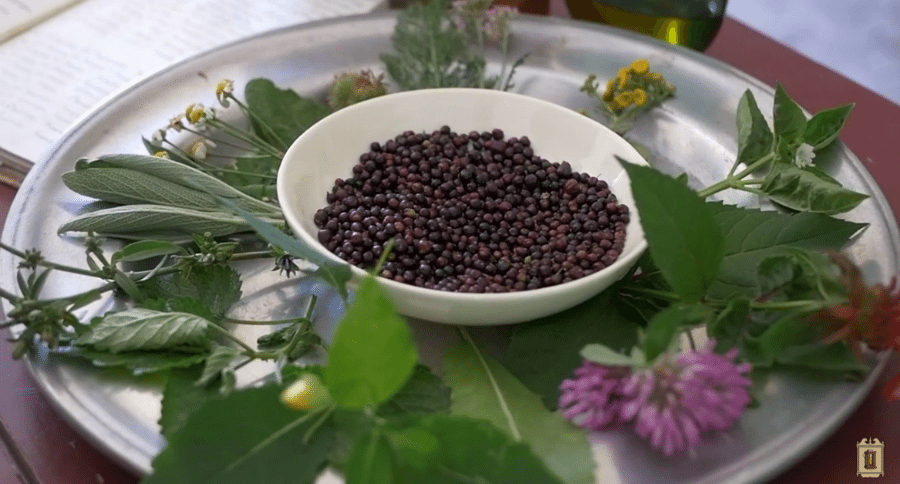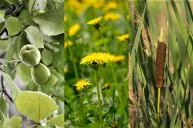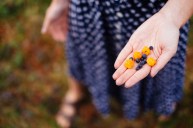In the 1800s folks relied heavily on natural medicinal plants to help relieve aches and pains. Here are some of those remedies from nature.
Jon Townsend is visiting Conner Prairie in Fishers, Indiana, an interactive history park where life in the 1800s is reproduced and reenacted. On this day Townsend is investigating medicinal plants and how such flora were used in the healing arts as medicines and treatments.
Townsend assumes a frontier character as he visits Mrs. Armstrong, an herbalist and healer, who gives him a brief overview of some plants he may need for a trip to the north, should the unexpected occur.
Mrs. Armstrong provides only a brief explanation of several plants and their major uses in the 19th century (and today). She also uses several medicinal terms or forms for using the plants that I explain below:
Tea - Pour hot or boiling water over leaves or flowers, and ingest.
Decoction - Made by mashing the plant parts and boiling them to extract the chemicals.
Tincture - An alcoholic extract of the plant material. Made by soaking the plant in vodka or Everclear for a number of weeks.
Poultice - A soft, moist mass of plant material, either masticated or mashed, and then applied directly to the wound.
Compress - A sterile wrapping or bandage that has been soaked in a tea or tincture, and is applied to the infected area.
Very briefly, these are the plants she touches upon:
- Burdock: for skin irritations. Use as a poultice or a compress.
- Plantain: to relieve constipation. Ingest as a tea or decoction. Also for bug bites, as a poultice or salve.
- Chicory: as a coffee substitute, process the roots.
- Wild Cherry Bark: for general pain, coughs and colds. Make a tea.
- Willow Bark: for general pain, make a tea.
- Clover: for coughs and colds.
- Yarrow: for stopping the flow of blood.
- Basil: as an insect repellant. Rub the leaves on your skin.
- Bee Balm: Drink as a tea for general good health.
- Costmary: multiple uses, such as to be invigorated.
- Sage: for complaints of the throat and lungs, drink as a tea.
- Feverfew: for headaches.
- Lemon Balm: for depression or anxiety, use as a tea.
- Elderberries: for colds, influenza, sinus problems. Use as a tincture.
- Jewelweed: nature's poison ivy treatment. Use in a compress.
- Mullein: for earaches and skin rashes or wounds.
These are, of course, not trauma treatments. For that I suggest you watch this video on how to prepare for treating true emergency situations.
Mrs. Armstrong demonstrates how they made a salve in the days of old, by gently melting one part beeswax and adding three parts plantain oil and one part lavender oil to make this particular salve. But you can make any salve by combining one part beeswax with four parts of any particular plant oil whose properties you may desire.
The medicinal oils are made just as simply, by placing the plant parts in the oil and allowing them to steep in the sun over a period of some weeks. Be sure to shake them up at least once a day as well.
This is, of course, only an introduction to medicinal plants and their many and varied uses. You can and should find much more in-depth information on these and many other plants by doing your own research. But this should pique your interest in the healing properties that can be found in nature.
Like what you see here? You can read more great articles by David Smith at his Facebook page, Stumpjack Outdoors.
NEXT: Southern Foraging: What Can You Find to Eat in the Middle of Summer in Texas?
https://rumble.com/embed/u7gve.v3tsf1/




